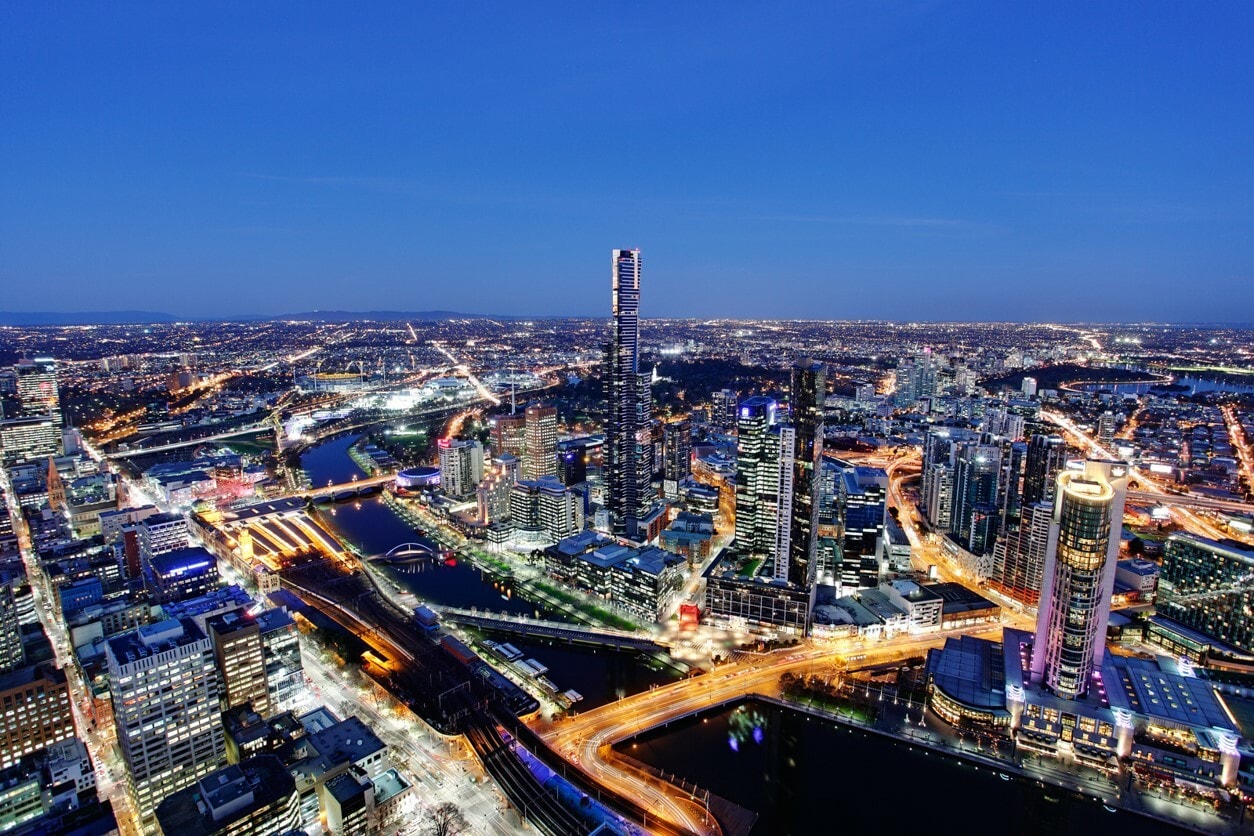Victoria's cities must be more compact and connected to shape a better future

New modelling from the state’s independent infrastructure adviser finds Victoria’s cities need to be more compact and better connected to give more people access to jobs, services, and infrastructure.
Infrastructure Victoria Chief Executive Officer Dr Jonathan Spear said without further action to guide the shape of our cities, many Victorians will have less access to high quality jobs and businesses will be worse off.
“The future shape of Melbourne and our regional cities will have big impacts for our quality of life, the economy, and the environment as Victoria grows,” Dr Spear said.
“The current pathway of growth is more people living away from existing infrastructure in new suburbs on the urban fringes of our cities. The evidence shows that this delivers worse quality of life and opportunities for Victorians - but it’s not too late to turn that around.”
The advisory body’s latest research Choosing Victoria’s future: 5 urban development scenarios finds more Victorians will benefit from living closer together and nearer existing jobs, services and infrastructure in our capital and regional cities.
“More compact cities offer businesses better opportunities to hire great staff and connect with customers and markets. Victorians would be up to $43 billion better off by 2056 with more compact cities compared to growth being dispersed across the state.”
Dr Spear said more compact cities also mean more land for agriculture and wildlife habitat.
“A sprawling, dispersed city consumes an extra 30,000 hectares of land compared to a more compact city. That’s equivalent to over 12,000 times the field size of the Melbourne Cricket Ground.
”The report makes 5 recommendations (see below) to the Victorian Government to help achieve more compact and connected cities. It also suggests ways to reduce some of the challenges that come with more compact urban development.
“The Victorian Government, working with local governments and communities, can influence the shape of our cities,” Dr Spear said.
“It can encourage more housing choices, like well-designed apartments and townhouses, in good locations. It can better prepare for growth with longer term land use and infrastructure plans, including in our regional centres. And it can help promote the use of low carbon materials in construction to reduce greenhouse gas emissions as we grow.”
Infrastructure Victoria’s recommendations to help shape the future of Victoria:
- Use a new plan for Victoria to reinforce established area growth, set regional city urban growth boundaries, and include housing targets for the established areas of Victorian cities. Use these targets in land use framework plans, regional growth plans, and the Victoria Planning Provisions.
- Develop and publish long-term plans for infrastructure sectors to meet the policies and targets set by a new plan for Victoria. Use these integrated land use and infrastructure plans to decide infrastructure project funding.
- Reform infrastructure contributions, remove taxes and subsidies that fuel dispersed growth, and change planning rules to create more compact cities in Victoria.
- Plan for and deliver infrastructure that supports more people and jobs locating in established parts of major regional centres, including local transport, energy, water, and digital infrastructure.
- Plan for efficient and resilient electricity distribution infrastructure. Stimulate development and use of zero or low carbon materials and building construction and operation methods that reduce greenhouse gas emissions.
Five urban development scenarios for Victoria:
- dispersed city: Melbourne’s growth areas have many more detached homes
- consolidated city: Melbourne’s inner and middle areas have many more medium-density homes
- compact city: Melbourne’s inner areas have many more high-density homes
- network of cities: regional centres have many more homes
- distributed state: regional towns and rural areas have many more homes.
Fast facts:
- Victoria's population is expected to reach 11 million people in the next 30 years.
- Melbourne today has approximately 1,600 people per square kilometre, Paris has 3,900 people per square kilometre, Los Angeles has 2,200 - making Melbourne a low-density city in comparison.
- Current development trends show that more than 50% of metropolitan Melbourne’s growth is occurring in growth areas, with greater proportions in regional cities.
- People living in dispersed cities would spend up to 70% more time in congested traffic to get to jobs and services.
- Infrastructure in a dispersed city costs the government about $41 billion more by 2056, or $59,000 extra for every new home built, compared to a compact city.
- Over 25% more people would use public transport in a more compact city than in a dispersed city.
- A dispersed city would require 154,000 more cars than a compact city, meaning more congestion on roads.
- There would be 17.3 million tonnes less emissions from trucks and cars in a compact city than in a dispersed city.